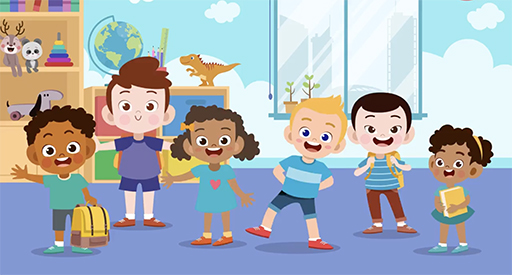1 Growth
Watch the animation which looks at growth rates through years 0–5. These are representative of growth rates in the UK.

Transcript: Video 1
Growth involves changes to the physical aspects of the body – its size, shape, form and structure.
Children become taller and heavier as their bones, muscles and body systems develop. Growth happens within a uniquely individual time span as you will see in any group of children of similar age. Usually, it has stopped completely by age 25 and can be measured very accurately throughout childhood – many homes have a particular wall or door on which the height of resident children is recorded over years.
Two points are worth remembering:
- Growth happens from top to bottom – the scientific term is Cephalocaudal – which means that growth starts at the head and then spreads down to the toes. This explains why humans compared to many other mammals take much longer to walk fluently!
- Growth also works from the core (around the tummy area) out to the fingers and toes – this is called Proximodistal – and means that the core of the body must be strong and stable long before fiddly movements like writing and drawing are achieved.
